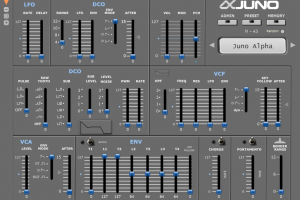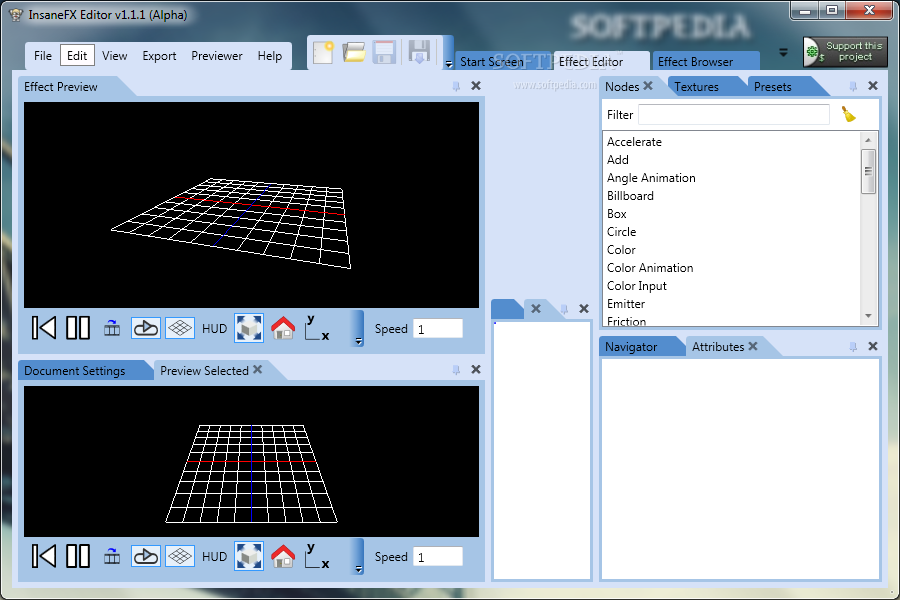
#ALPHA JUNO EDITOR WINDOWS GENERATOR#
There are three processors - a main reverb generator with five types, a main chorus generator (with two chorus effects and a delay effect) and a master FX unit with 79 available effects. There's a useful array of effects available onboard the Juno-Di. There are some nice pianos and electric pianos, expressive solo synths and pads, workhorse acoustic guitars and basses, lush strings - you name it, it's onboard. Though the sounds won't set the world on fire, they are good-quality and with a little tweaking (using the front-panel envelope and filter controls) can be edited easily for the required purpose. It's filled with plenty of very usable, wisely chosen sounds that can be employed for most styles - and let's face it, this is just what you want in a budget synth. Select Pop (for example) and the Juno-Di will provide you with a set of appropriate Pop-style chord voicings.

There's a nifty chord memory function too, for single-finger triggering of chords. Of course, no contemporary keyboard is complete without an arpeggiator the Juno's is pretty decent, with 12 onboard modes. This is particularly useful for making three or four oscillator monosynth patches. Split allows a different sound either side of a user-defined split point, Dual allows two sounds to be layered and zoned, while Super Layer allows one sound to be layered up several times and detuned for super-phat sounds.
#ALPHA JUNO EDITOR WINDOWS PATCH#
Here you can set the Gain for the microphone (for vocoding or singing along to your USB key backing tracks or iPod fired through the mini-jack input), set the eight types of reverb for the mic input, enter the Patch Edit mode for rudimentary editing of basic parameters (pitch bend range, patch level, FX selection/levels, portamento and poly/mono mode) and enter MIDI Controller mode for using the Juno-Di as a control surface. New to the Juno-Di is the Mic/Mode section. The front-panel layout is easy to navigate and is well suited to live performing.Īvailable performance controls include the D-Beam (for air-controlled expression of sounds) and the Envelope and Filter dials. You can also save your favourite 100 patches for instant and easy recall. Patch selection is a doddle - simply press the Category button, then scroll through using the wheel. In the centre of the front panel is the easy-to-read orange display.

You can pick it up easily with one hand, and there aren't many boards around with the Juno-Di's capabilities that are this portable. In its favour, the Juno-Di would make a great studio keyboard and is very light, weighing in at 5kg (11 pounds). We don't want to be too harsh, however, as this is a budget instrument (and there are keyboards that cost significantly more and have wobbly encoders!).

Then there are the dials, which have some sideward play, and the fairly cheap plastic used for the case/underside. While all the above improvements are very worthwhile the general feel throughout the hardware doesn't instil the greatest of confidence, though we fully understand that Roland has had to cut some corners to bring the Juno-Di in at this price.įor a start, the keybed is too stiffly sprung for really sensitive playing. Overall this is a very comprehensive upgrade, especially when you bear in mind the £549 price tag. And if that's not enough for you, there's also a very comprehensive Mac/PC editor to allow you to get deep into sound programming.


 0 kommentar(er)
0 kommentar(er)
